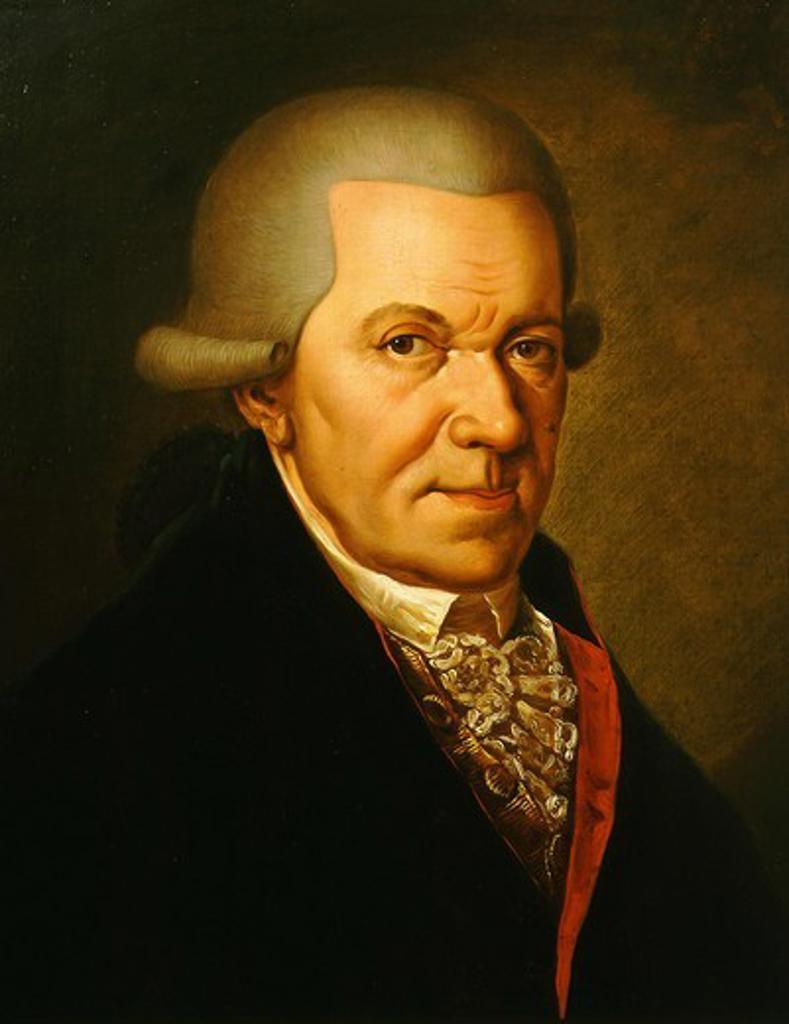


He starts the Menuet in A major (I) and at the second section transitions us to E major (V). Harmonically this movement does not do much out of the ordinary. After the Trio concludes, we have a da capo that takes us back to the Menuet, this time played without the repeats. This gave us three separate ideas while still utilizing most of his ensemble. The Trio section has three distinct ideas, thus the terminology 'Trio.' Haydn took flute and cello soloists from the orchestra, each with distinct parts, and accompanied them with the remaining strings. The Menuet is in 3/4, giving us a very strong feel of dance. As is typical, both sections consist of two smaller ideas that are repeated. There are two main sections to this movement, the Menuet and the Trio. Menuetto I – The first menuet in Haydn's piece is fairly straightforward.Such tenderness and delight take flight dissolves into the night. Not surprising that second half begins with the two lovers singing the same tune, results into even a little sorrow, but such dissatisfaction is short lived. A gentle pizzicato accompaniment pulsing through the lovers' murmuring between solo cello and solo flute. Just when one's mind starts to wonder out of boredom, solo flute sweetly steals the spot light by singing a delightful melody with the solo cello answering back as a secondary melody.

After mere sixteen beats of such sounds of innocence, solo cello begins the melody, like a child's play, nothing complicated, nothing fancy or deep with even simpler accompaniment of pizzicato by a string quartet. A simple and calm style of chamber music writing by Michael Haydn, similar to Joseph Haydn's writing yet perhaps more angelic. Andante – The second movement begins with eight measures of introduction by the entire ensemble.Michael Haydn's Serenade in D major, Perger 87, MH 86 was written in Salzburg in 1767.


 0 kommentar(er)
0 kommentar(er)
